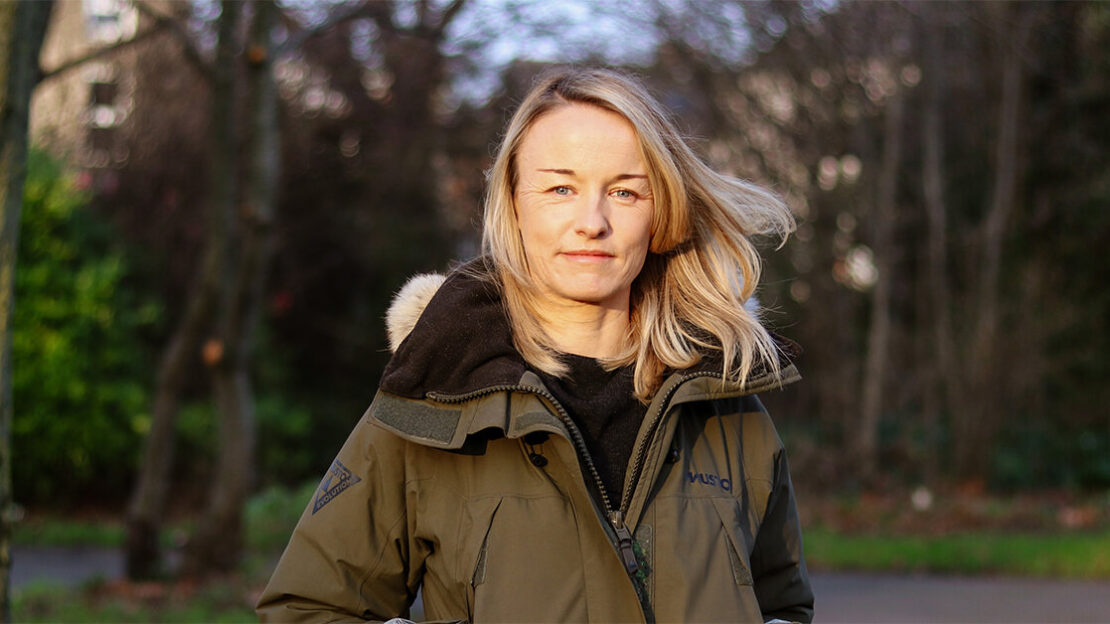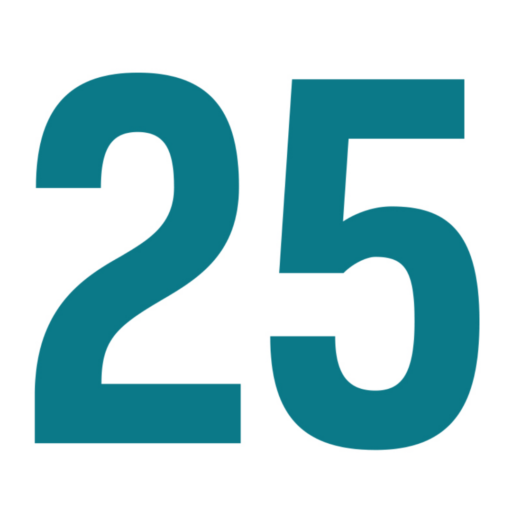In this guest blog Megan Best from sustainable event solutions company, Native Events, explores the theory of the adaptive resilience cycle and how it applies to the future of the festival industry. She explains how we can use this concept to find a pathway through uncertainty and collapse, and she discovers hope, purpose and resilience for the festival community.
“Like many in the festival industry, I have experienced the collapse of my world over the past 6 months. I admit that It is difficult to be hopeful in these uncertain times, with so much invested into the very sector that is hardest hit. It is easy to fall prey to doomscrolling. Now, more than ever, is a time to dig deep and find resilience.
I recently came across the theory of the adaptive resilience cycle, and I think we could use this conceptual model to glimpse a pathway through the fog of uncertainty and collapse, to build towards a brighter future.
The idea of ‘resilience thinking’ was introduced as an ecological term by Holling in 1973. The key feature of the adaptive cycle is represented by an infinity loop (see image). This useful metaphor of system dynamics includes four stages: the front loop of r: new beginning and growth; and K: conservation and status quo; and the back loop: Ω: collapse and dissolution; and α: reorganization and innovation.


A classic illustration of a resilient ecosystem is a forest after a fire. When a forest burns, biomass is released (collapse). However a break is made in the canopy and light penetrates the forest floor. New diversity enters the space, nutrients and energy are processed through the ecosystem, followed by competition for resources. Some new life won’t survive, as more dominant organisms take hold (reorganisation). Throughout the exploitation phase, these organisms accumulate biomass until the system attains the conservation phase of a mature cycle, a closed-canopy forest once again.
Resilience is a popular term outside of ecology too, as organisations seek ‘capacity-building’ and ‘resilience strategies’. Importantly, resilience is the capacity to successfully navigate ALL stages of the adaptive cycle. Recognising where we are and using this knowledge to prepare for the next stage is vital. There are pockets of the future in the present, we need only to realise these and cultivate potentiality for future adaptation and survival.
The festival industry as a complex system
We are a vast, interconnected network of crew, suppliers, landowners, local communities, volunteers, performers and audiences. Our system operates at multiple scales from small, community-led initiatives to multi-day shows with capacities in the 100s of thousands.
Overall, the festival industry when viewed as a system moving through the adaptive cycle, has arguably been on the trajectory of the exploitation phase (r – K) for the past decade.
Festivals have become big business, requiring huge resources, crew and infrastructure. In Ireland, prior to the restrictions, our suppliers and staff were working insane, unrealistic hours across a saturated summer season. The industry was unsustainable, stretched beyond capacity. In short, a system very vulnerable to collapse.
Where on the cycle are we?
Clearly, we are an industry in freefall (Ω – release). Our businesses rely on bringing people together in large numbers! But with ‘social-distancing’ restrictions on gatherings greater than 6, 15 or 50, how can festivals find the capacity to survive?
The key is to look forward as an industry, and actively pursue the pathways that will instill the next phase of the cycle. We need leadership, both assigned and assumed, to identify and prioritize these. In Ireland and worldwide, we have seen initiative emerging from the wreckage. Our representatives speak in parliament, advocating for recognition of the hardship we are experiencing, and We Make Events shows us the power of solidarity. These are indicators of the next stage: α – the reorganization phase.
Systems theory also tells us that activating the next phase requires systemic memory, which is largely cultivated in the previous stages of the cycle. But what can festivals use from our past, to go forward? For me, the answer lies in remembering our original purpose, the motivation that brought us back to the fields every summer. The answer lies in community. If the purpose of a festival is to create a community – a collective space to foster new connections, to learn and to share, then this is a purpose we can return to.
So what can the industry do to prepare for moving into the next stage?
The greatest need right now is for new ideas and creative solutions. The reorganization phase involves restructuring individuals around the visions for newly generated innovations and establishing a level of order – without dampening the creative process.
Research has shown that new knowledge and different ideas are more likely to emerge when diverse actors, that do not normally interact closely with one another, are exposed to each other’s ideas.
Who are these diverse actors? Festival organisers work with local authorities and community organizations, and with suppliers, on a supply / demand contractual basis, year-on-year. We interact with our audiences only when we sell them tickets for an entertainment programme which we provide. Seems a bit one-dimensional in this context doesn’t it.
It is time for radical change. Industry-wide activities that promote discussion, interaction, and social learning are essential for building knowledge. Now is a time for co-creating intimate experiences with our artists and audiences. To get local! Pay heed to local communities. Invest in and foster engaging volunteering programmes. We need to encourage innovative, sustainable solutions. Most importantly, now is the time to remember our purpose – to create community and connection in a world that is increasingly divided.
I leave you with a great example of community-building and innovation that illustrates transition into the reorganisation phase. Germany’s Festival für Festivals took place over the 21st to 23rd of August, with 150 festivals represented and thousands of fans taking part in over 20,000 challenges over the weekend in the Höme Festivalcamp app. For every challenge solved, participating camps won points. The winning team won free access to all 156 festivals that took part in the campaign, for the next festival summer.
I think we can take inspiration from these initiatives, and look to festivals and our entire industry as a place for coming together, sharing ideas, and building community. We must start on the pathway into the next phase of the adaptive resilience cycle. However we need to remember that resilience isn’t about resisting change, or even recovery from crisis. Resilience comes from the ability to adapt, innovate, learn, survive and thrive. And that is exactly what we must do. “
Follow Megan Best on LinkedIn find out more about Native Events at www.nativeevents.ie
This blog originally appeared in Vision: 2025’s October 2020 newsletter. Sign up receive monthly event sustainability news, case studies and guest blogs direct to your inbox using the form below.


